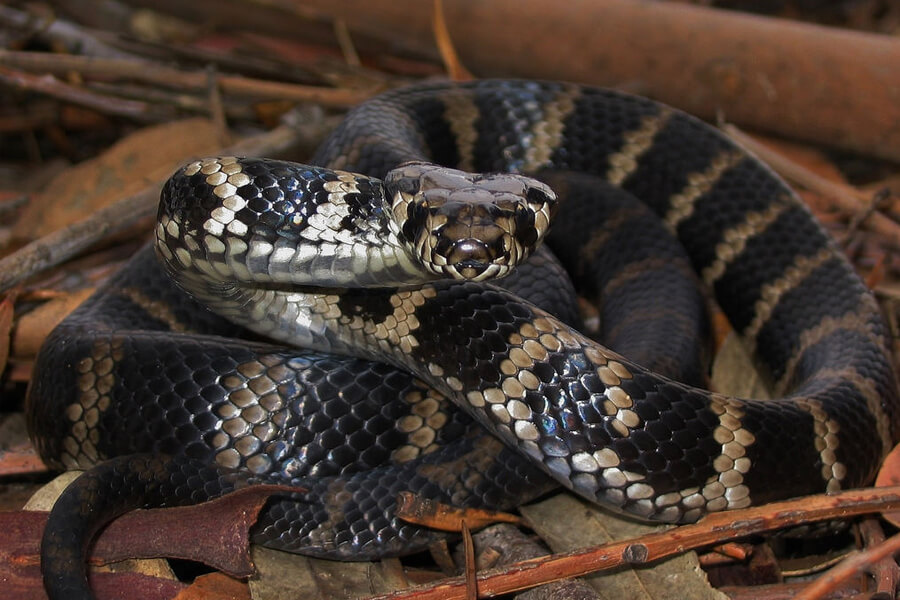Introduction
Tiger serpents (Notechis scutatus) are amongst one of the most fascinating yet feared reptiles discovered in Australia. With their striking appearance and powerful poison, these snakes stimulate a mixture of awe and care. Observing tiger serpents in their natural surroundings can be an exhilarating experience for nature lovers, wild animals professional photographers, and scientists alike. However, it's essential to approach this venture with respect for the pet's environment and an understanding of precaution to prevent snake bites.
In this comprehensive overview, we'll explore exactly how to safely observe tiger serpents in their natural habitat. We will cover topics ranging from recognizing their actions and habitats to emergency treatment for serpent attacks-- furnishing you with understanding to boost your experience while lessening dangers.
What is a Tiger Snake?
Tiger snakes are very poisonous snakes belonging to Australia, specifically Tasmania and seaside areas. They are known for their distinctive grouped pigmentation appearing like a tiger's stripes, which can vary from yellowish-brown to dark brownish and even black.
Physical Characteristics
Tiger snakes are tool to large-sized serpents that can mature to 2 meters long. Their bodies are durable, and they have a broad head that is distinctly larger than their necks.

Habitat Preferences of Tiger Snakes
These reptiles typically live in wetlands, estuaries, and seaside areas yet can also be discovered near freshwater resources like rivers and lakes. Comprehending where these serpents live is important for anybody wanting to observe them safely.
Understanding Tiger Serpent Behavior
Are Tiger Snakes Venomous?
Yes, tiger serpents are amongst one of the most poisonous serpent types internationally. Their poison includes neurotoxins that can result in major medical difficulties if bitten.
Behavioral Traits
Tiger snakes are usually timid creatures; they choose to avoid human interaction. However, they can come to be hostile if endangered or caught.
Where Can You Discover Tiger Snakes?
Tiger Serpent Habitat Exploration
To securely observe tiger serpents in their all-natural environment, it's crucial initially to recognize where they grow. They tend to favor:
- Coastal marshlands Mangroves Swamps Riverbanks
Best Places for Observation
Some recommended areas include:
- Tasmanian wetlands The shorelines of southern Australia National parks with water bodies
Safety Safety measures Prior to Observing Tiger Snakes
Understanding the Risks of a Tiger Snake Bite
Although encounters with tiger serpents can be exhilarating, understanding the risks included is paramount:
Recognize symptoms of a snake bite: swelling at the website, pain radiating from the bite area. Know emergency situation calls: Acquaint on your own with neighborhood emergency services. Carry a first-aid set specifically geared up for serpent bites.First Help for Serpent Bites: What You Need to Know
Knowing what actions to take if bitten could save your life or another The original source person's:
- Stay calmness; movement boosts poison spread. Call for medical aid immediately. Do not use ice or attempt suctioning.
How to Securely Observe Tiger Snakes in Their All-natural Habitat
When you choose to observe tiger snakes in the wild:
Dress Appropriately: Wear long trousers and strong boots. Use Binoculars: Maintain a safe range while observing these reptiles. Avoid Sudden Movements: Quick motions may stun them. Stay on Established Trails: Prevent wandering into thick underbrush where visibility is low.Equipment Needed for Observation
Essential Gear Checklist
- Binoculars First-aid kit particularly designed for snake bites Field guidebook on Australian reptiles Camera (with zoom ability)
Snake Bite Emergency treatment Package Essentials
A well-equipped first aid kit should consist of:|Thing|Objective|| -------------------------------|-------------------------------|| Compression plaster|To immobilize the damaged location|| Antihistamines|For allergies|| Emergency get in touch with numbers|Quick gain access to during emergencies|
Interpreting Tiger Snake Signals
Understanding just how tiger serpents connect via body language helps viewers determine when it's secure or harmful:

Common Behaviors
Defensive position: If curled or raised off the ground. Retreating habits: When they gradually back away from possible threats.Dealing With Potential Encounters
Even with precautions taken, an experience might still happen during your monitoring trip:
Remain calmness; stressing just heightens risks. Slowly back away without transforming your back on the snake. Make your presence recognized verbally but prevent abrupt movements.Frequently Asked Questions Concerning Tiger Snakes
1. What must I do if I see a tiger snake?
Remain calmness; observe from a distance without troubling it.
2. Are baby tiger snakes dangerous?
Yes, adolescent tiger snakes are birthed poisonous and may present threats comparable to adults despite being smaller.
3. Exactly how typical are tiger serpent bites?
While occurrences happen annually in Australia, fatalities are uncommon as a result of timely treatment availability.
4. Can I keep a tiger snake as a pet?
Keeping wild tiger snakes as pets http://andrefxle428.wpsuo.com/treating-a-tiger-serpent-bite-necessary-first-aid-advice is unlawful in numerous areas due to preservation laws.
5. What does a tiger snake attack appearance like?
Bite marks normally reveal 2 puncture wounds in addition to localized swelling and discoloration.

6. Exactly how efficient is antivenom?
Antivenom treatment is extremely efficient when administered timely after a bite.
Conclusion
Observing tiger snakes in their all-natural habitat supplies an exciting chance for wild animals enthusiasts yet have to be approached with caution and respect for both the creature and its environment. By equipping yourself with expertise regarding these interesting reptiles-- including comprehending their actions and precaution-- you can enjoy memorable experiences while considerably reducing threats associated Keelback snake size with encounters.
In recap, always prioritize safety and security by preparing appropriately before starting any wild animals observation exploration-- particularly when taking care of some of nature's most poisonous animals like the tiger snake!